Agfa Silette Pronto with Apotar 3.5 Lens
12 19 Share TweetOne day, while searching for a low-cost addition to my camera collection on a popular bidding site, I came across a 1980’s viewfinder camera from a very well known German brand. I thought it was a fine piece. After delivery and a test roll, I discovered I had a dud. I contacted the seller who felt sympathetic. They recommended another camera or a refund. I mulled it over while I looked at their wares. To my surprise, I saw this little wonder, the Agfa Silette Pronto.
The seller was agreeable and sent me the camera that week. While waiting I did a bit of research. According to Camerapedia and a few other sites, the Agfa Silette was a staple 35 mm from 1953-1974. The camera started out as a viewfinder and evolved the rangefinder as the Super Silette. Mine appears to be to be the earliest version with the Apotar 3,5 lens and matches a picture of the 1953 model. I like to believe it is a 1953 model so please do not crush me if I am wrong.
A big selling point was that this camera does not require batteries. I have passed up a lot of cameras that turn out to require discontinued batteries. The winder on the left has an ISO /ASA reminder. You spin the dial to match your loaded film. On the left, there is a counter that ticks off as the film advances. You set it to zero after loading film. It is older so it does tend to jump count if you are not paying attention or if you drag your finger over the ring.
The camera also has a threaded cable release and a timer on the lower half of the lens barrel. This one is bent and got stuck the first time I tried it. Through some careful manipulation with tweezers, it was unstuck and I will never try again for fear of breaking. There is a PC cable for flash and a cold shoe mount on top.
Distances are marked in feet, I am not sure if this was for the American market or non-metric throwback.
As I have come to see in older cameras, ISO speed was not very high. The camera is marked for films 200 and lower ISO. Also, the shutter speeds are a bit different at 1/50, 1/100 and 1/200 rather than the more common 1/60, 1/125 or 1/250 that I see on my other cameras. The Aperture can be taken from 3.5 to 16.
Having no light meter, I have followed the “Sunny 16” rule and it has seemed to work perfectly. For ISO 100, I set the Aperture ring to 16 and the speed to match the ISO number ( = 1/100) the first shots were not bad. I think my judge of distance was the only flaw in the roll:
Later I tried with some Pan 50. Here are some of my shots:
The lens seems clear and bright and there are no apparent light leaks.I feel really lucky to have a working camera from 1953 and I find that I really baby it and use it more as a showpiece. I do promise myself to use it more. I would recommend this camera to someone with a grasp of light and aperture who wanted a little piece of German camera history.
Aloha!
This article was written by Community member neanderthalis.
geschrieben von neanderthalis am 2012-12-31 in #Ausrüstung #agfa #review #german #silette #1953



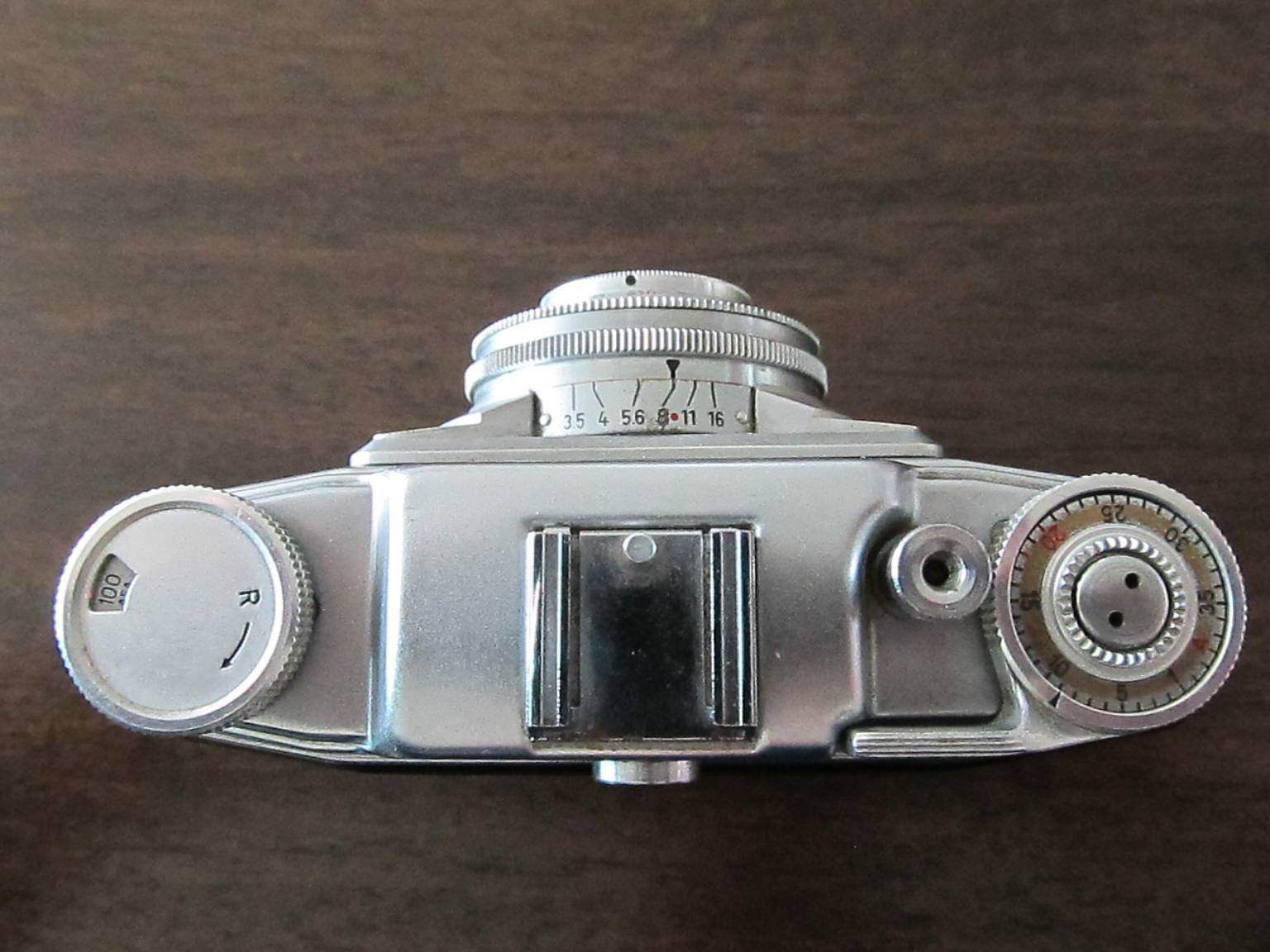
















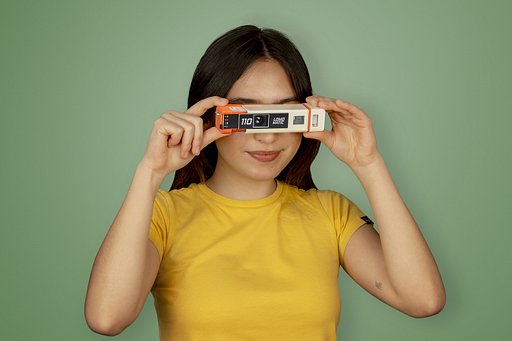




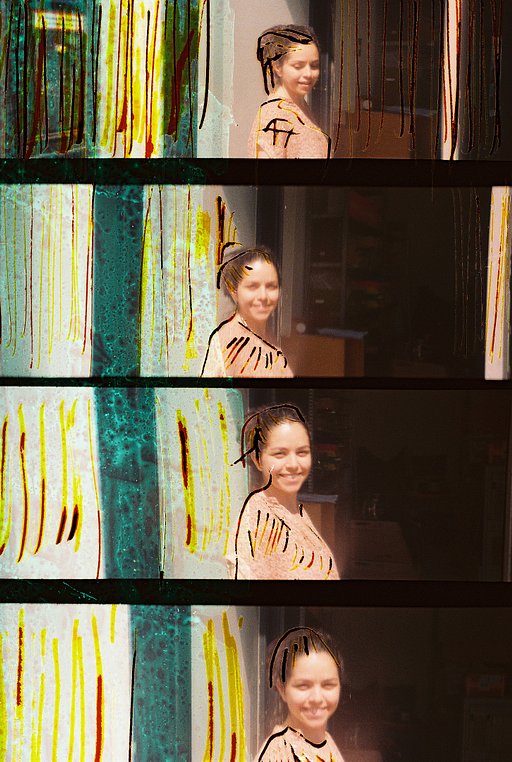


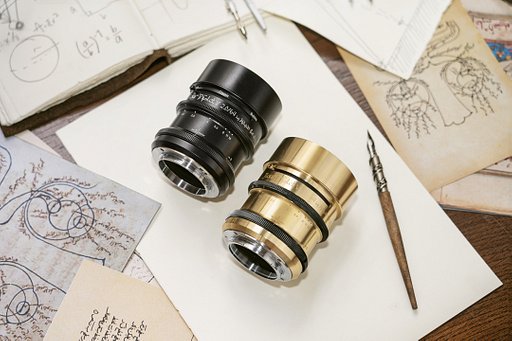


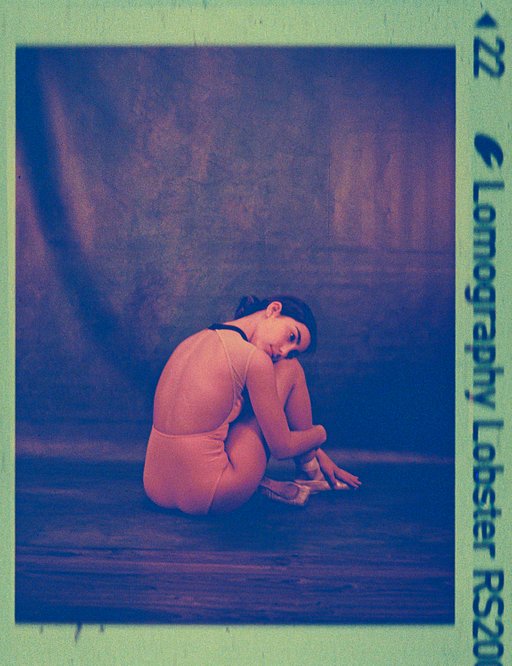
12 Kommentare